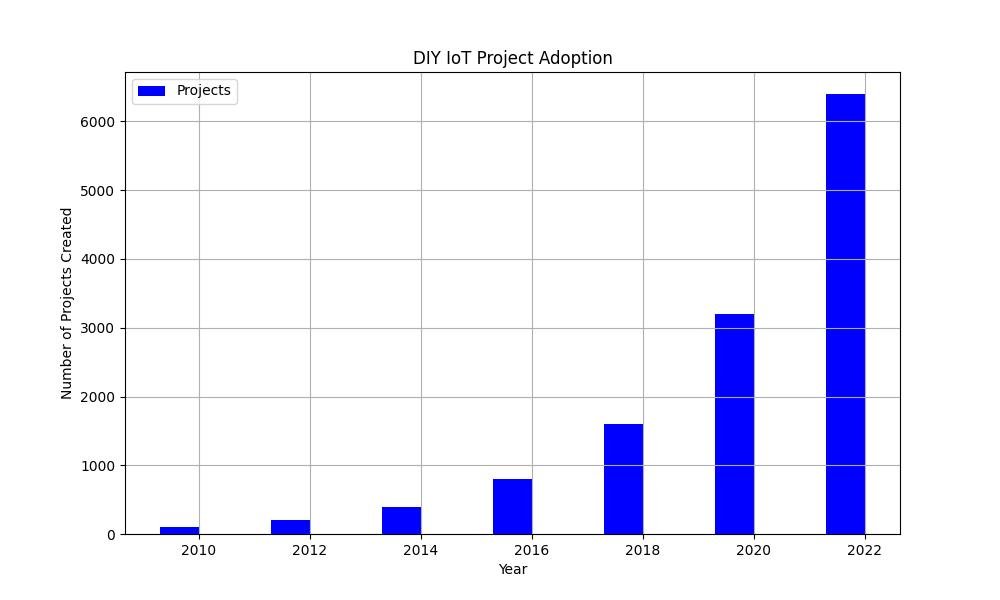Exploring the World of IoT: From Arduino to SIM Cards and Beyond
The Evolution of IoT
The Internet of Things (IoT) has transformed from a niche concept to a global phenomenon, driving innovation in various sectors. This section explores IoT’s historical progression, highlighting key milestones and the technology’s increasing integration into our daily lives. We delve into the origins of IoT, examining how early applications set the stage for today’s advanced ecosystems. From rudimentary sensors and RFID tags to complex networks connecting billions of devices, the evolution of IoT reflects our growing reliance on interconnected technology. This narrative provides a foundation for understanding the subsequent sections, which further dissect the components and impacts of IoT. 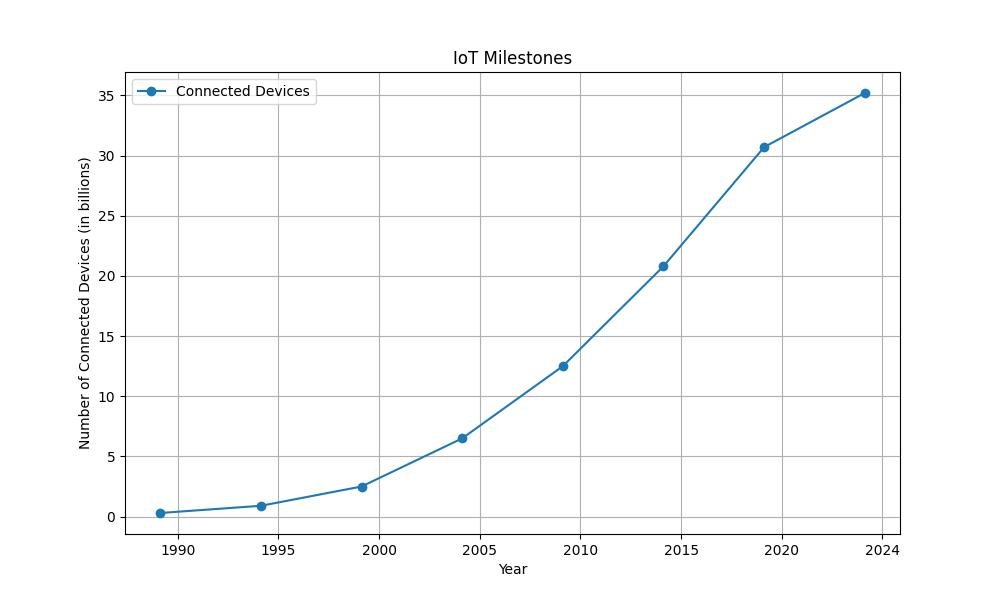
The Role of Arduino in IoT
Arduino has played a pivotal role in democratizing IoT development, offering an accessible platform for hobbyists and professionals alike. This section delves into the history and impact of Arduino in the IoT ecosystem, charting its rise from an educational tool to a cornerstone of DIY and professional projects. Arduino’s simplicity and open-source nature have empowered individuals to create innovative IoT solutions, from smart home devices to environmental monitoring systems. The discussion includes an overview of popular Arduino boards and their applications in IoT projects, illustrating the platform’s versatility and contribution to the advancement of IoT technologies. 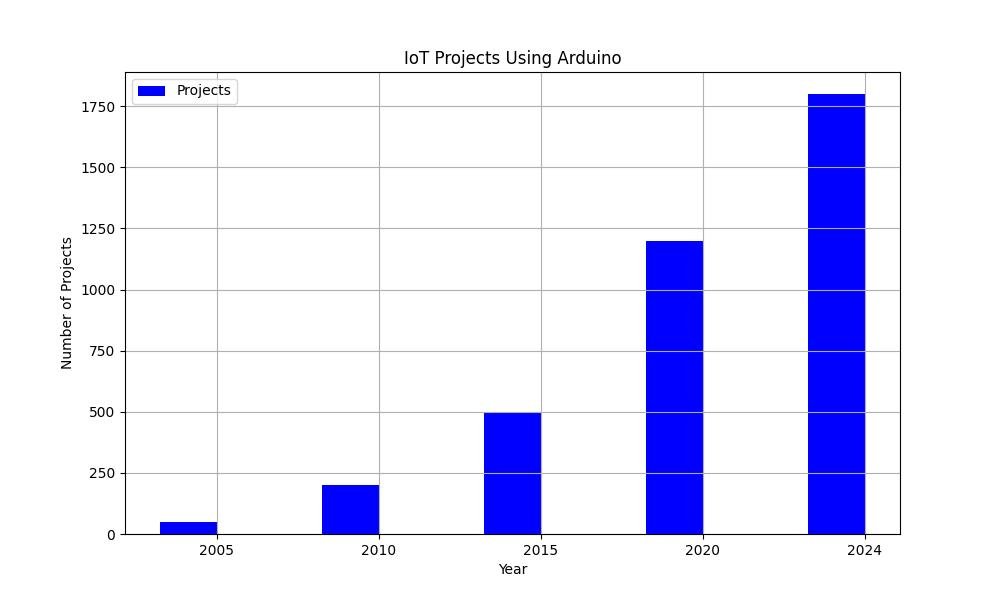
Incorporating SIM Cards into IoT Devices
The integration of SIM cards into IoT devices has opened new avenues for connectivity, enabling seamless communication over cellular networks. This section explores the technical and practical aspects of using SIM cards in IoT projects, including the types of SIM cards available and their respective advantages. It highlights how SIM cards facilitate a wide range of applications, from remote monitoring to asset tracking, by providing reliable and widespread connectivity. The discussion also covers the considerations for selecting SIM cards for IoT devices, such as network compatibility and data plans, underscoring the importance of connectivity in expanding the capabilities of IoT solutions. 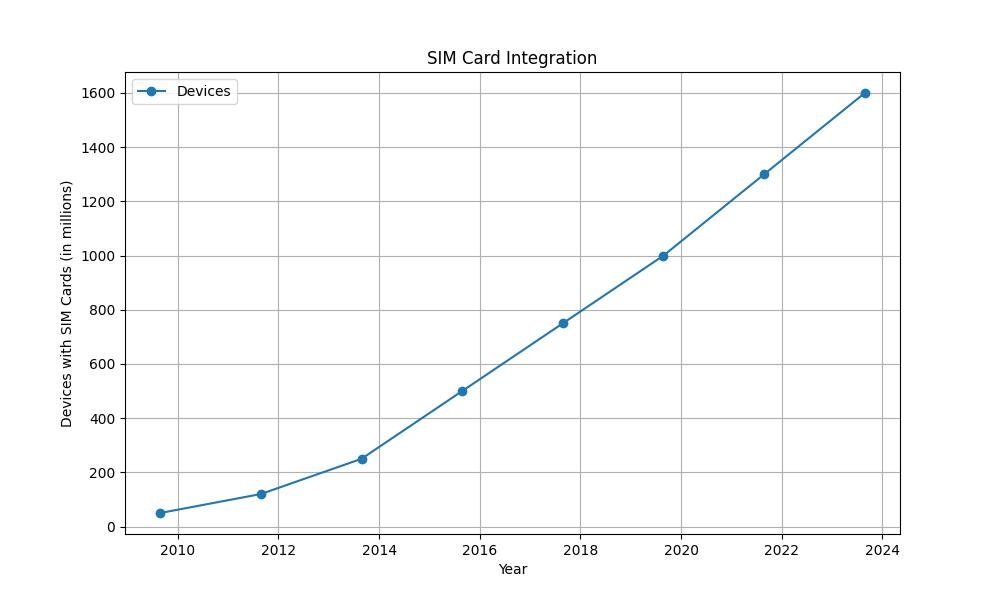
Adafruit and SparkFun: Pioneers in the IoT Ecosystem
Adafruit and SparkFun have significantly contributed to the growth of the IoT ecosystem by providing high-quality, accessible components and educational resources. This section examines the origins, philosophies, and impacts of these two influential companies in the maker and IoT communities. From their humble beginnings to their current status as leaders in the field, Adafruit and SparkFun have inspired countless individuals to explore electronics and IoT. The discussion includes an overview of their most popular products, contributions to open-source hardware, and efforts to educate and empower the maker community. These companies exemplify the spirit of innovation and accessibility that is central to the IoT movement. 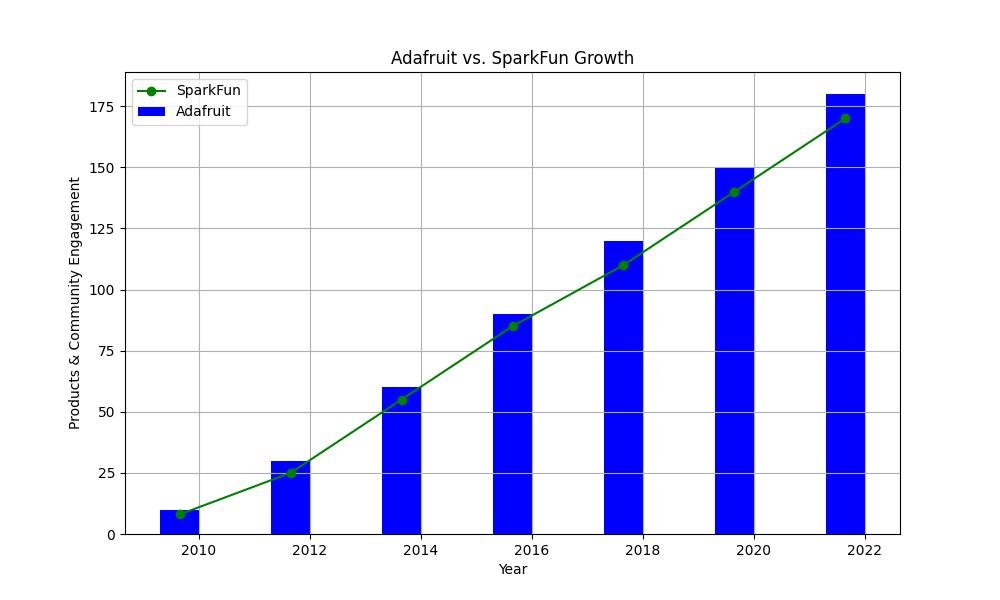
Business Opportunities in IoT
The IoT landscape is ripe with business opportunities, from providing IoT solutions and services to manufacturing devices and components. This section explores the vast potential for entrepreneurs and businesses in the IoT space, highlighting key areas such as smart home technology, industrial IoT, and IoT for healthcare. It discusses the steps to starting an IoT business, including market research, product development, and navigating the regulatory environment. The section also examines successful IoT startups and what can be learned from their journeys, offering insights into market trends and future directions. Entrepreneurs can leverage IoT to create innovative solutions that address real-world problems, driving the next wave of technological advancement. 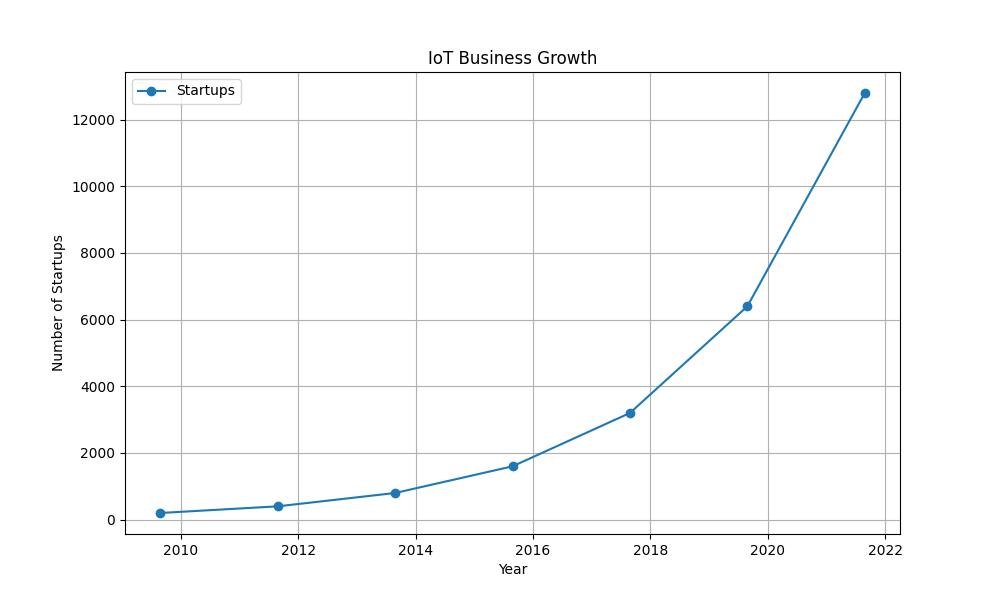
DIY IoT Projects for Beginners
This section provides a guide for beginners to embark on their own IoT projects, featuring accessible and affordable components like the Arduino, ESP8266, and ESP32. It includes detailed walkthroughs of several DIY projects, such as building a simple home security system, creating a smart irrigation system, and setting up a basic environmental monitoring station. Each project comes with a list of required materials, step-by-step instructions, and code snippets to get started. These projects are designed to introduce beginners to the basics of IoT, from understanding how to connect devices to the internet to programming them to perform specific tasks. Engaging in these DIY projects can spark curiosity and inspire further exploration in the field of IoT. 